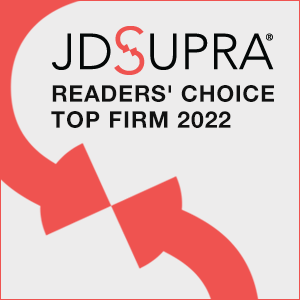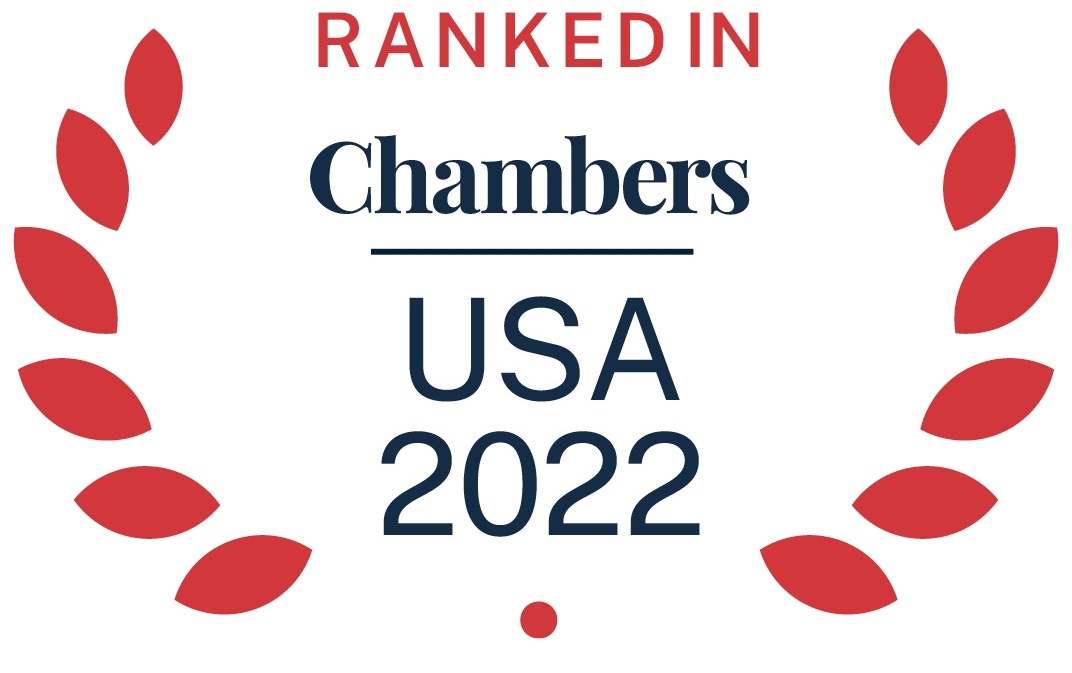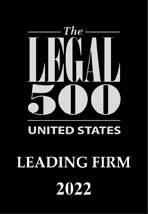On July 31, 2025, the US Patent & Trademark Office (PTO) issued a memo clarifying the requirements under 37 C.F.R. § 42.104(b)(4) for inter partes review (IPR) petitions. The memo emphasizes that petitioners must clearly identify where each element of the challenged claims is found in the prior art patents or printed publications relied upon.
Historically, the Patent Trial & Appeal Board permitted petitioners to rely on applicant admitted prior art (AAPA), expert testimony, common sense, and other forms of general knowledge to fill in missing claim limitations. However, the new guidance states that such general knowledge, including AAPA, can no longer be used to supply missing claim elements. If an IPR petition relies on general knowledge to bridge gaps in the prior art, the Board will now deny institution.
The memo clarifies that § 104(b)(4) does not limit the use of general knowledge to support a motivation to combine or to demonstrate the knowledge of a person of ordinary skill in the art. However, § 104(b)(4) may be narrower than 35 U.S.C. § 311(b). Just weeks before the memo was issued, the US Court of Appeals for the Federal Circuit’s decision in Shockwave Medical. v. Cardiovascular Systems held that AAPA can be used to supply missing claim limitations without violating § 311(b), highlighting a potential tension between the rule and judicial interpretation.
The PTO’s new requirements will apply to all IPR petitions filed on or after September 1, 2025.
Practice note: To meet the threshold for institution, IPR petitioners should ensure that each claim element is explicitly mapped to prior art patents or printed publications. Reliance on general knowledge to fill in missing elements will no longer be sufficient.
read more


 Subscribe
Subscribe


